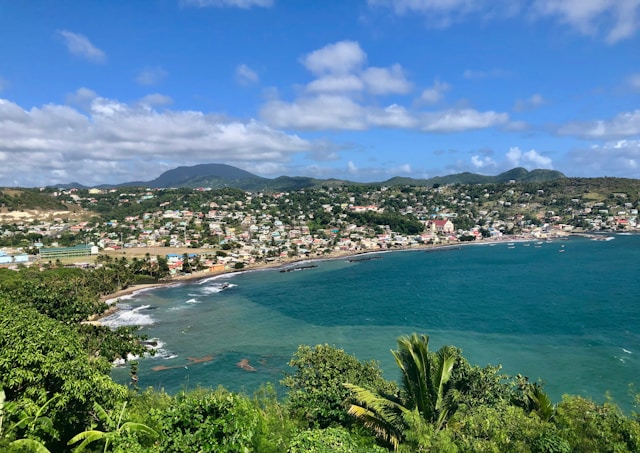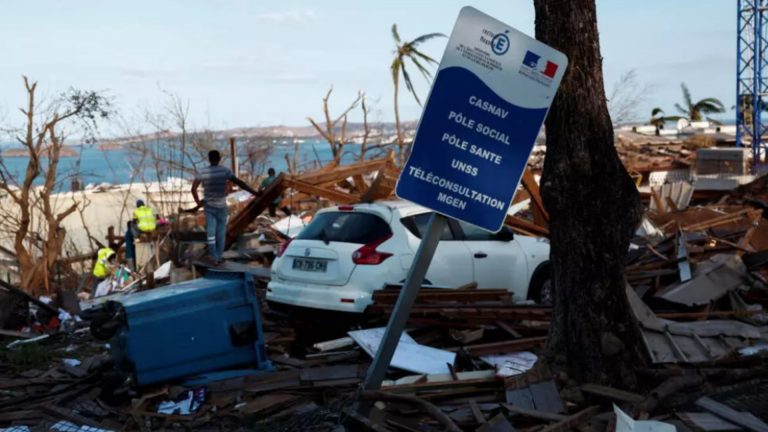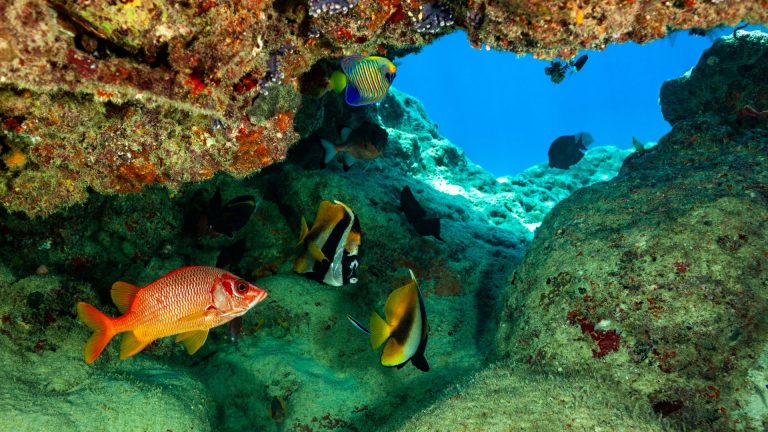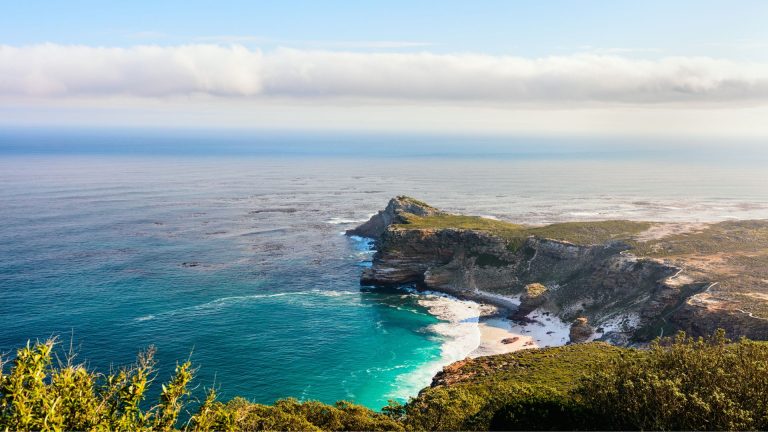Excerpt from cleantechnica.com
The Caribbean Island of St. Lucia is known for its beautiful beaches, lush rainforests, and colorful coral reefs. But for some of the almost 200,000 people that live on the island, another incredible resource is affecting their daily lives — the nearly 15,000 solar panels that are producing clean, reliable, electricity from the island’s first utility-scale solar farm.
The island’s utility company, St. Lucia Electricity Services Limited (LUCELEC), with support from RMI, completed the 4 megawatt system just north of Hewanorra International Airport in August 2018. And in the first three years of operation, it produced 24.7 million kWh of electricity — enough to power 3,500 homes — saving 1.5 million gallons of diesel and more than $3 million.
Saint Lucia, a 238 square mile island in the eastern Caribbean is — like all small island developing states — particularly vulnerable to the impacts of climate change. In 2010, Hurricane Tomas devastated the island, damaging roads and bridges, causing electricity blackouts, and killing 14 people. More recently, last month’s Hurricane Beryl flooded streets and downed power lines across the southern part of the island. Although Saint Lucians contribute very little to climate change, they bear the brunt of the impacts. But they are also working hard to make their island more resilient.
James Fletcher, former Saint Lucian minister for public service, information, broadcasting, sustainable development, energy, science and technology, led the Caribbean’s delegation to the Paris Agreement negotiations and was a big part of reaching consensus on the call to limit warming to 1.5°C. “If we don’t agree on 1.5°C … there’s a very strong possibility that some of these countries would physically not exist anymore,” Fletcher says. “It’s not just a matter of ‘half a degree,’ it’s a matter of life or death for so many people.” The island has a target of reducing its climate pollution 23 percent by 2050. The solar farm is one step toward that goal.






















